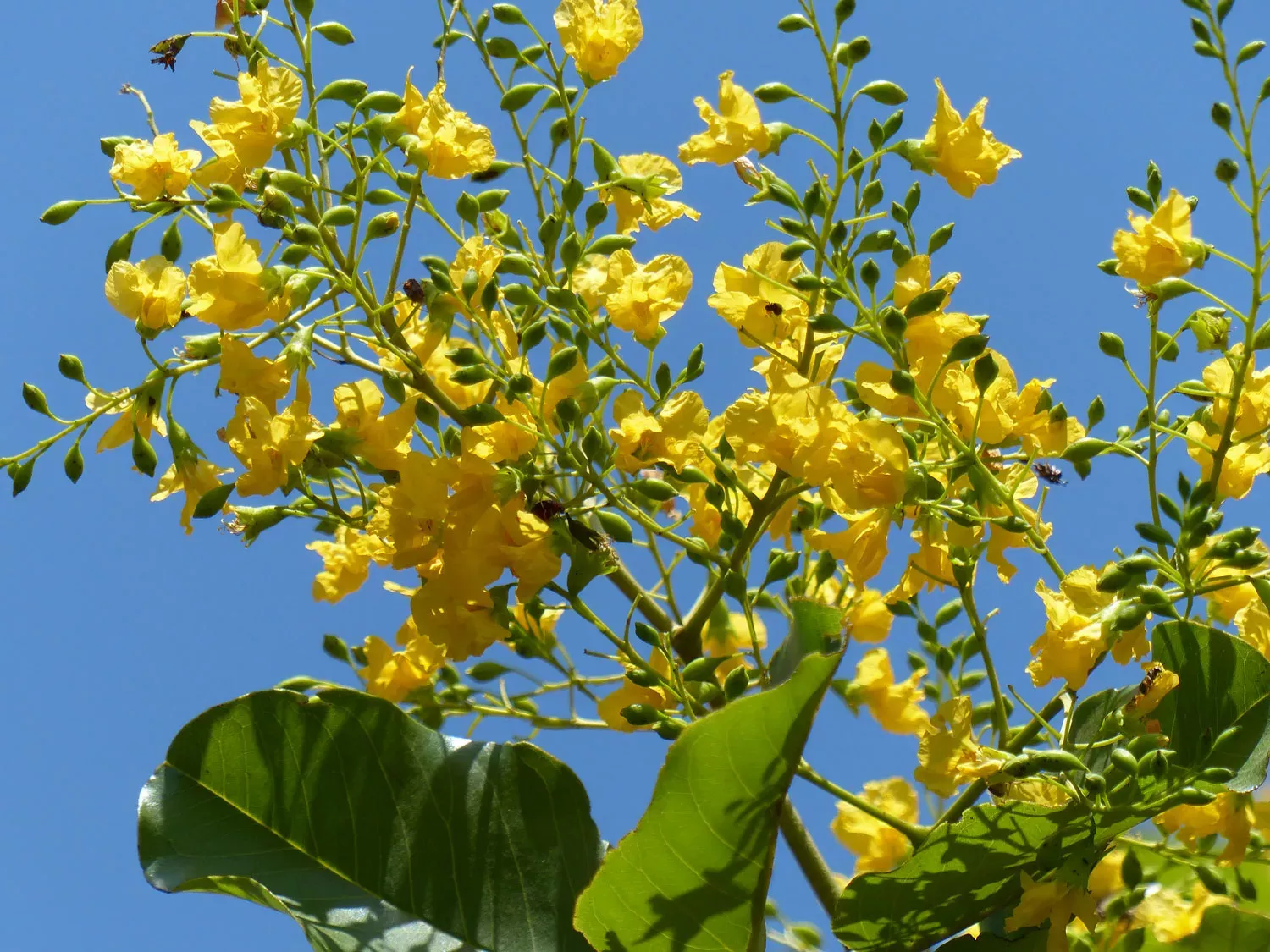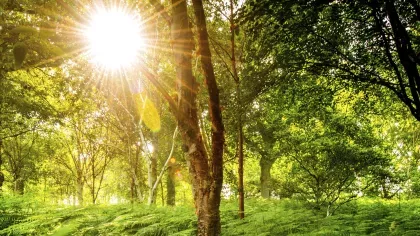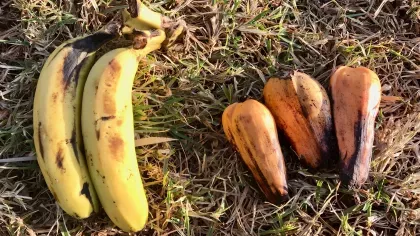10 February 2022
The first global list of all legume species
The first community-verified global checklist of legumes has been created, improving research and conservation for thousands of species.

Legumes are one of the most economically important and versatile plant families.
There are nearly 23,000 species (22,939 to be precise) of legumes, including chickpeas, lentils, soya beans, peanuts, and many valuable timbers, including the much-prized rosewoods.
Many have a vital role in human health, providing a highly nutritious source of fibre and plant-based protein.
Other species are used across a variety of industries, for example medicine, agriculture, construction, furniture, horticulture, pest control and textiles.
Legumes also serve as forage for animals and provide nutrients for soil improvement by functioning as a green manure or fixing atmospheric nitrogen in the soil through a mutually beneficial interaction with soil bacteria.
In an era of unprecedented biodiversity loss, we urgently need to learn more about this incredible plant group, accelerate the pace of identifying legume species, describing those species new to science and communicate all the information we have.
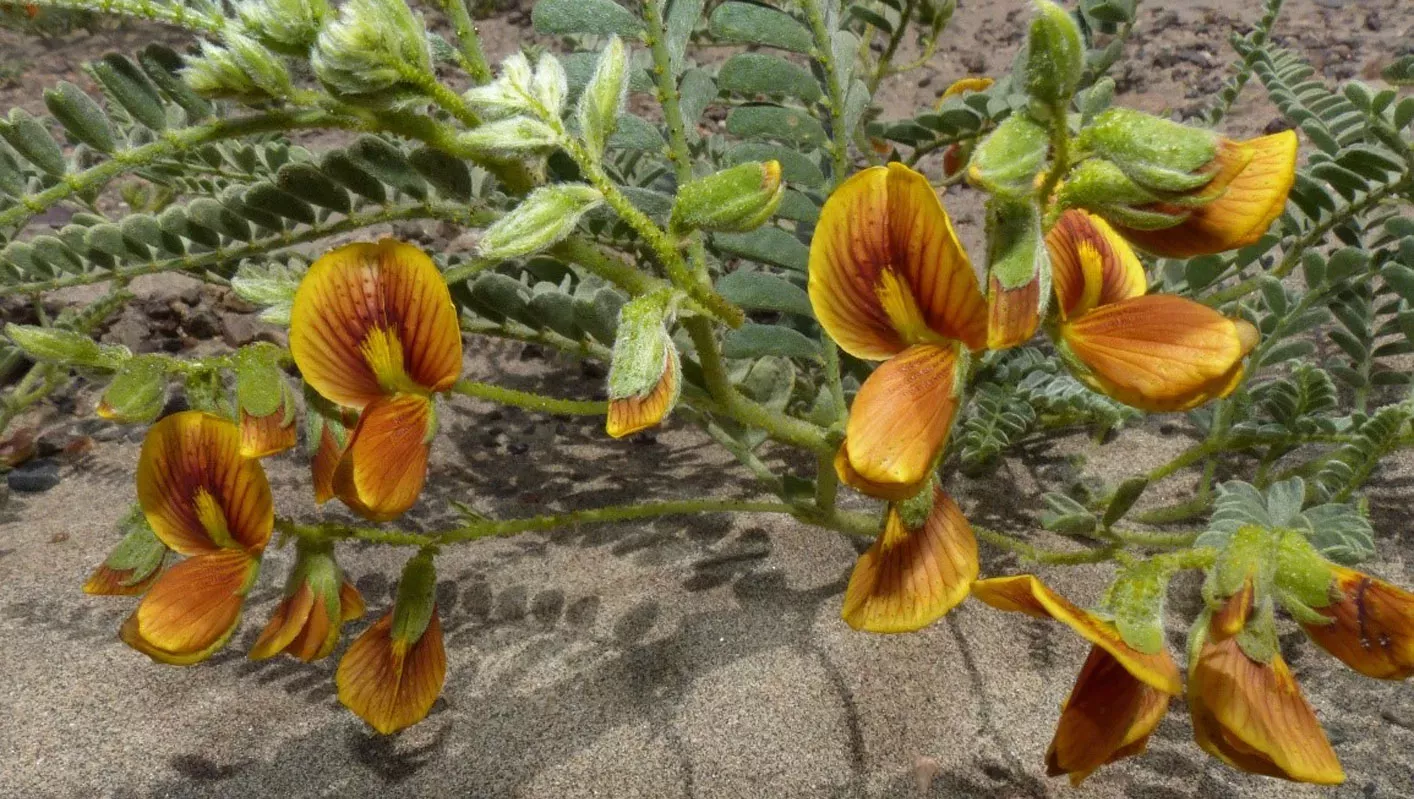
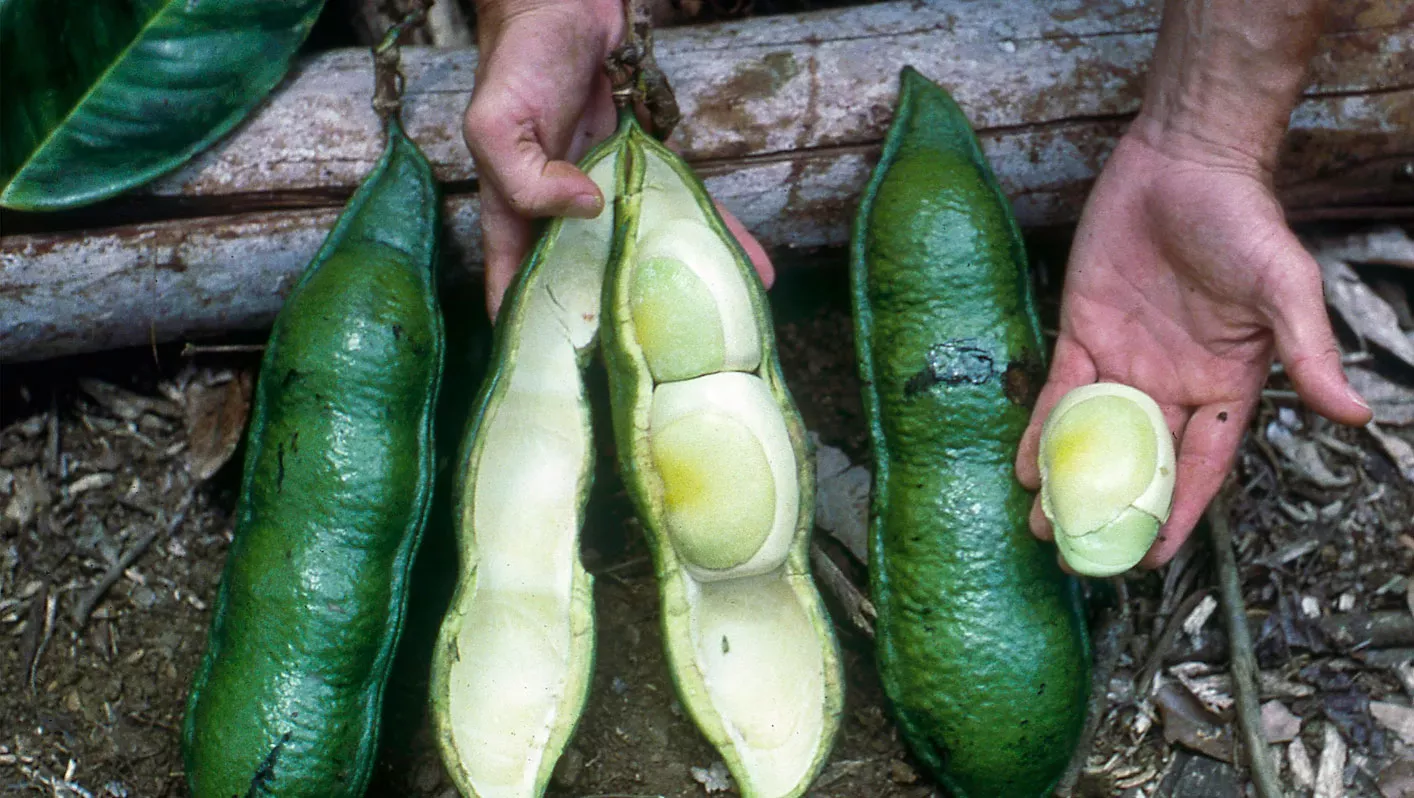
Legume data portal
That’s where the Legume Data Portal comes in.
This new online platform, published recently, includes the first community-endorsed and verified list of all accepted global legume species and will help ensure their use and conservation.
But the tool will not only serve scientists and conservationists. Agricultural and forestry sectors, border enforcement communities and decision makers across the globe will benefit from this information resource for decades to come.
For decision-makers, when it comes to deciding what areas to protect, they need to know what plants occur in what areas.
Likewise, for regulators to identify and combat harmful invasive species, they need to be able to distinguish them from native species.
And for low- and middle-income countries to ensure they reap the benefits of the use of their biological diversity, they need to understand how their diversity is being, or potentially could be, used.
The Legume Data Portal enables these stakeholders to access the data they need.
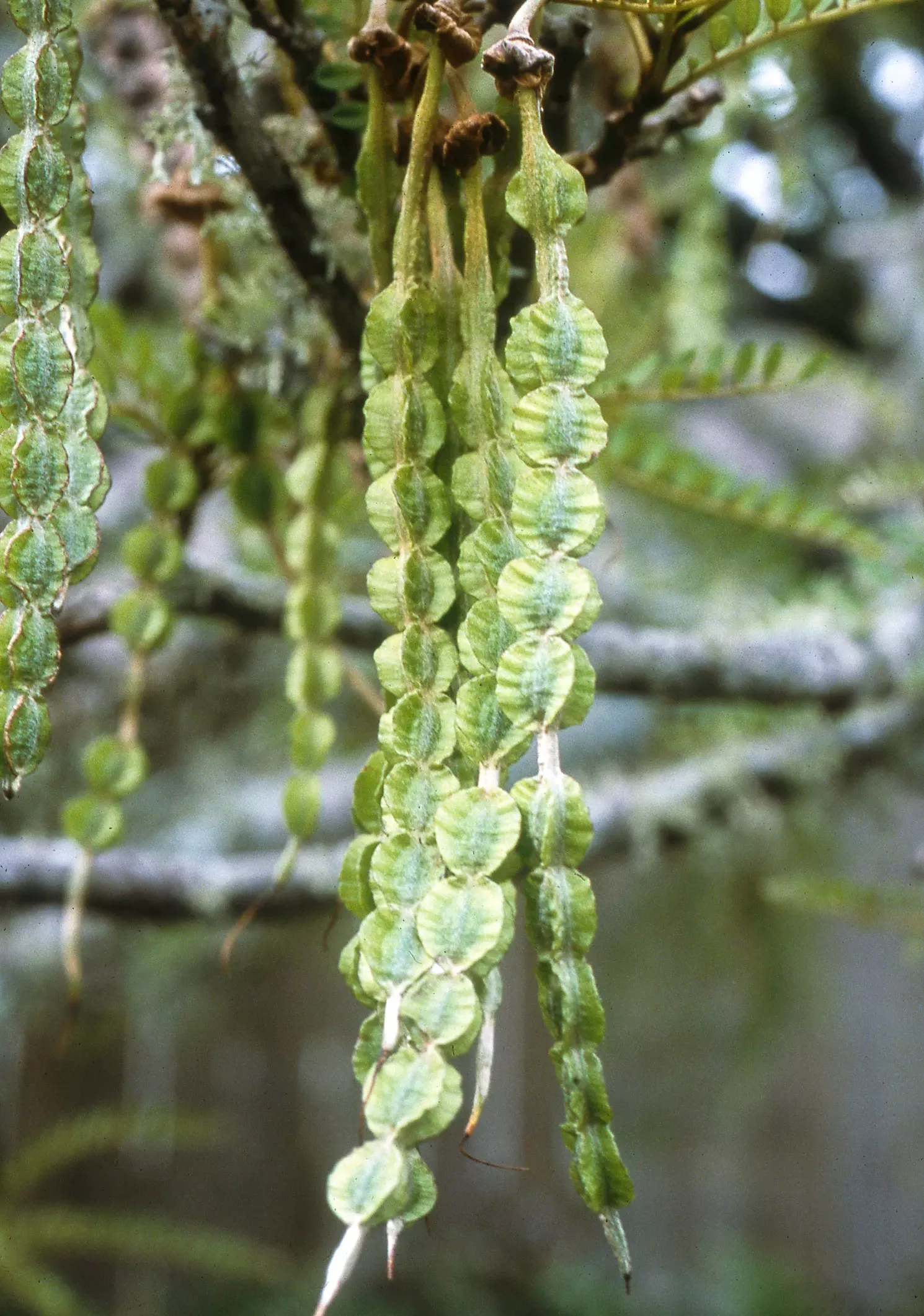
A checklist for legumes
The checklist of legume species, an integral part of the Legume Data portal, is also to be used in all significant global online platforms that provide biodiversity data for scientists.
It is expected to become the primary name source for all future research and information sharing and is available in open access to improve and simplify communication about legumes worldwide.
The project and data portal were led by scientists at the South African National Biodiversity Institute (SANBI), Université de Montréal, Global Biodiversity Information Facility (GBIF) and at Kew.
The work is the result of a collaboration between 80 botanists from 24 countries.
Information was brought together from multiple sources to establish an up-to-date list, which found there are currently 22,939 accepted species of legumes.
Also this list, edited by the expert community of legume scientists, provides a family checklist for Kew's Checklist of Vascular Plant Families.
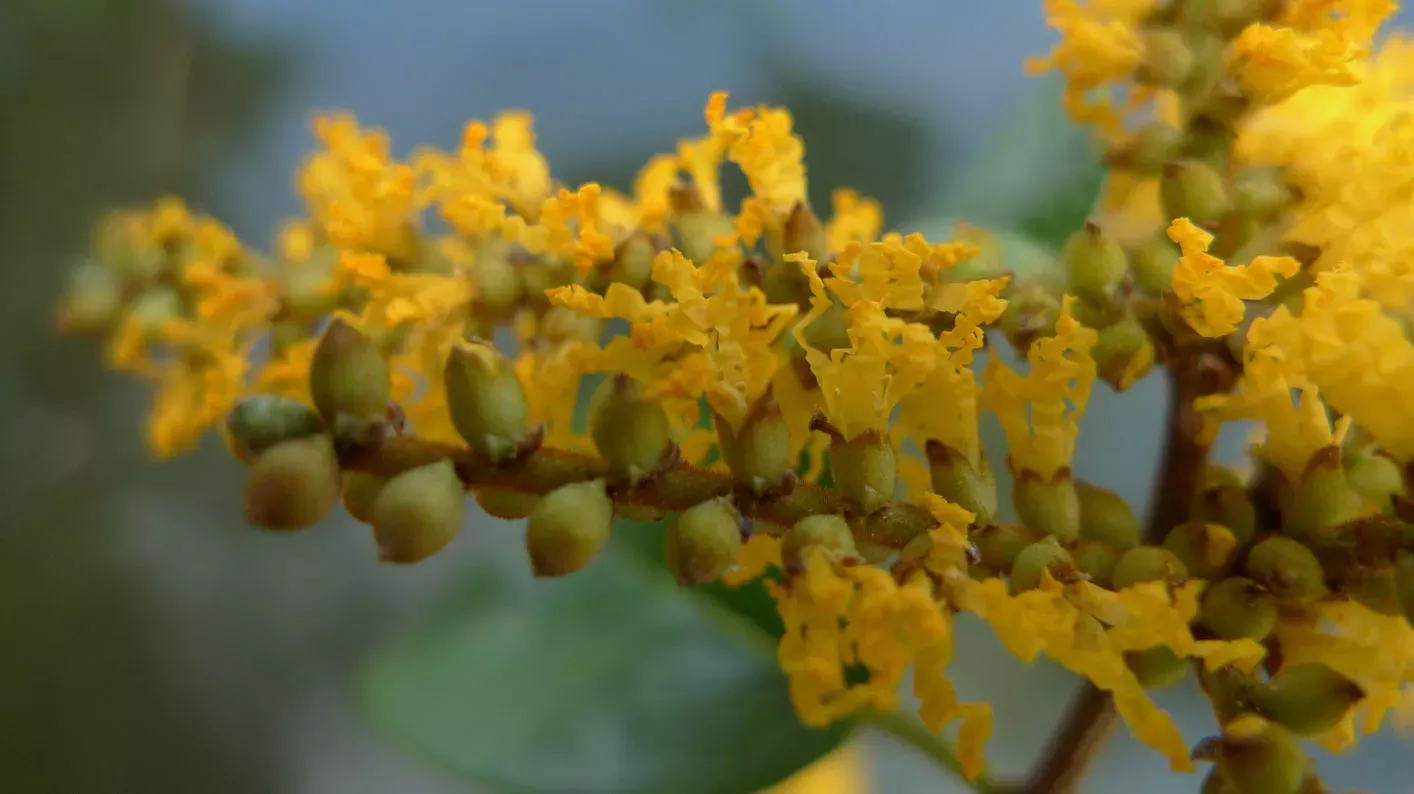
Legume research at Kew
For nearly two centuries, Kew has been a leading institution on legume research, this going back to botanist George Bentham in the mid-19th century.
Several major legume publications have been produced by Kew, including ten of the 13 volumes of Advances in Legume Systematics, as well as Advances in Legume Science (1980) and Advances in Legume Biology (1989).
In 2005 Kew published Legumes of the World, the first authoritative, comprehensive, illustrated guide to the world’s legume genera.
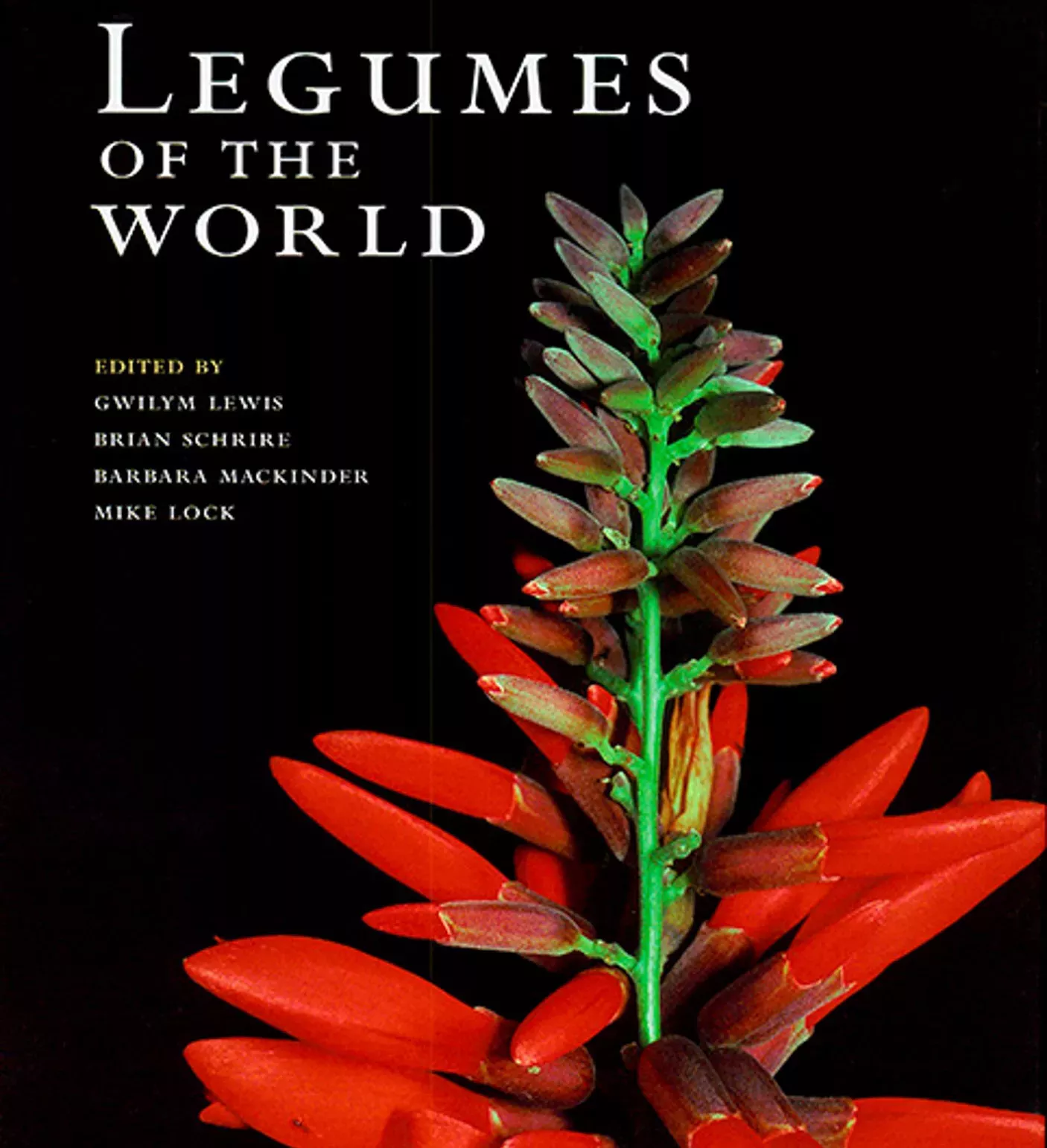
Saving rosewoods
A recent example of where an updated genus list is proving hugely effective in stopping biodiversity loss is the development of a Kew-led CITES (Convention on International Trade in Endangered Species of Wild Fauna and Flora) checklist of the world’s rosewoods (mainly species in the genera Dalbergia and Pterocarpus).
Rosewood species are timber species and are the most illegally traded wildlife product.
Tropical forests in countries such as Madagascar, West Africa, Mexico, and Brazil are being ravaged for the precious hardwood which is used to make much sought after furniture, and parts of musical instruments.
To develop an up-to-date list, 14 rosewood specialists joined forces with Kew to provide accurate information on the uses of the world’s 275 species of rosewood.
This globally co-ordinated list is an essential resource when developing tools to identify illegally traded rosewood species.
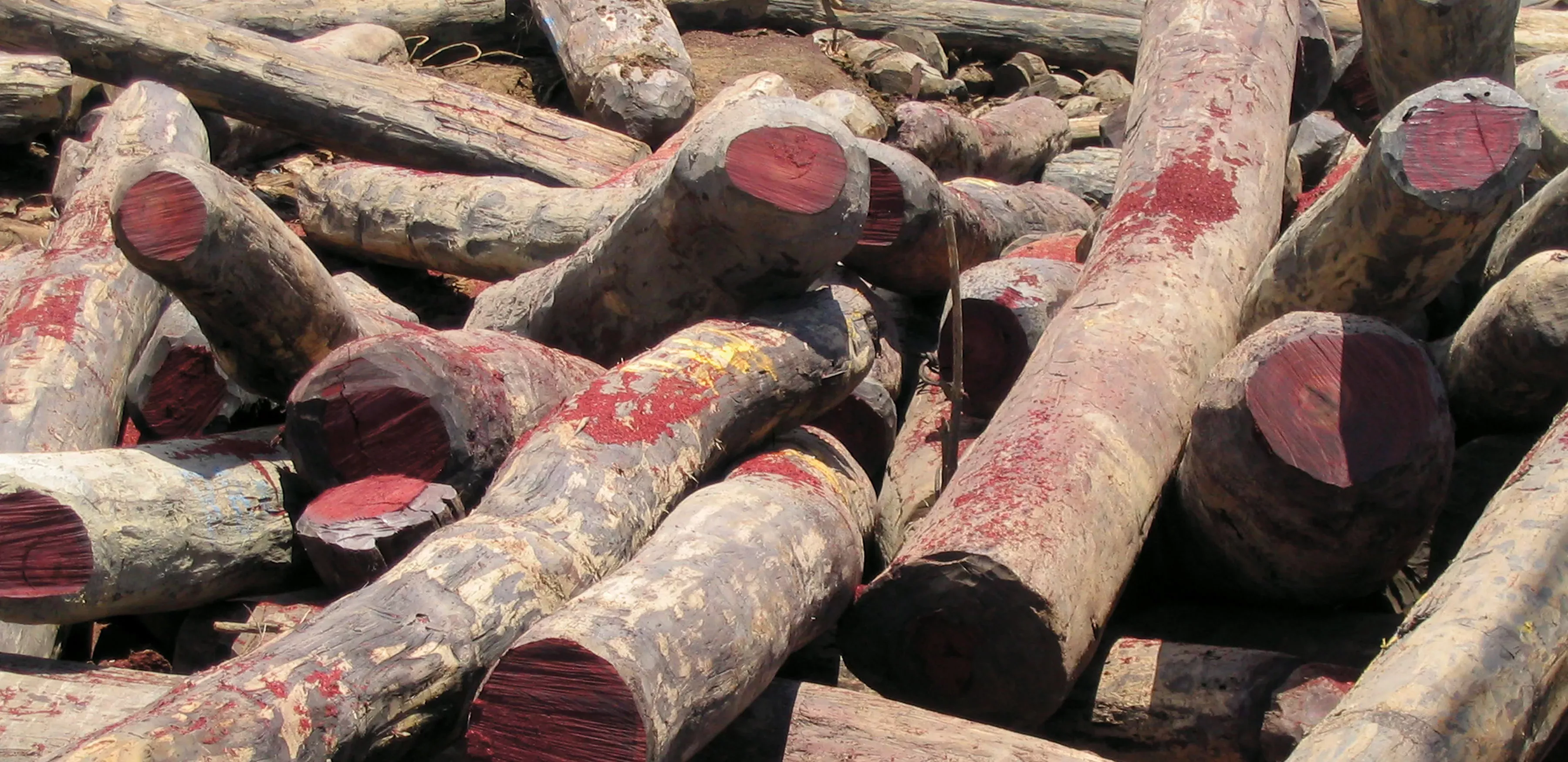
It is anticipated that this advanced legume list will support accelerating the pace of rosewood species identification and assist in bending the curve of rosewood diversity loss.









